Activated Alumina and Silica-alumina Gels
Silica-alumina gels
Silica-alumina gels are made by adding different amounts of alumina to fine-pore silica. The adsorption performance depends on the alumina content. Silica-alumina gels can be used alone in applications with high free water content or liquid water. The product range offers high compressive strength and low dust content.
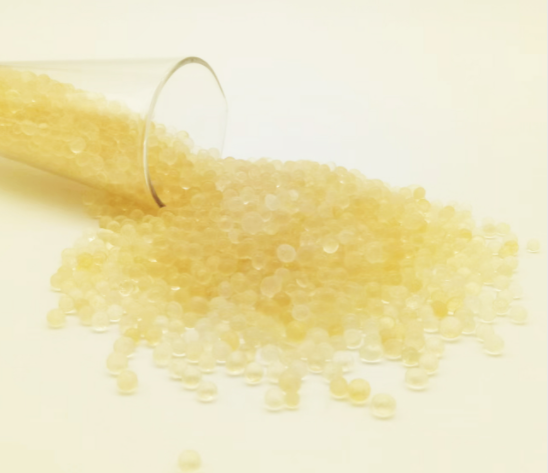
Applications
Air drying
For liquid ammonia and liquid nitrogen treatment
Compressed air drying
Industrial gas drying
Liquid adsorbents and catalyst carriers
General silicone protective layer
YAMTOP silica gel has the advantages of being unbreakable, wear resistant, highly absorbent and long lasting. Long service life, good cost performance, and reduced production costs in practical applications.
Activated Alumina
Activated alumina is a material that you may or may not be familiar with. However, you and your family are likely to profit from activated alumina. It may even be hidden in the water filter of your sink.
Activated alumina is alumina in an extremely porous spherical state that is "tunneled" under a microscope. Therefore, they can be used for various tasks. For example, they can be used for drying gases. Dry gases are often required for the safe transfer of volatile gases. For example, propane must be dried before use to avoid rusting of equipment, which can lead to serious leaks.
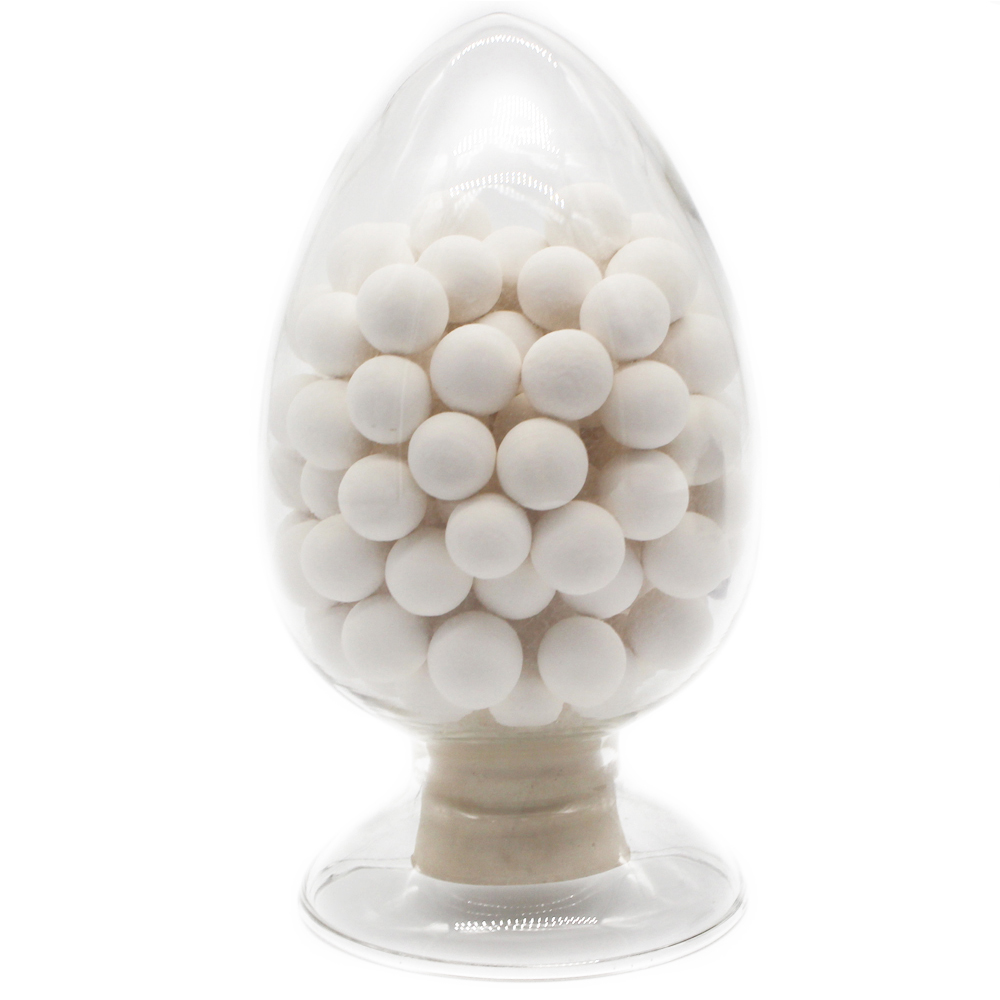
Applications
Activated alumina is therefore very effective in the recovery of contaminated materials and contaminated stormwater runoff. Rainwater can collect impurities, such as soluble metals, from manufacturing activities. It can also flush toxic substances from mining functions into groundwater, such as arsenic and lead.
Activated alumina is a cost-effective method of environmental cleanup. Because it tends to bind to harmful compounds, it ensures that they do not leach back into the ecosystem after treatment.
Activated alumina is also a good desiccant, which means it can dry humidified air and other gases. It is used for drying and varnishing in the production of hydrogen peroxide, natural gas and gasoline.
It is also used to purify water in manufacturing environments, municipal sewage plants and private homes. It is very effective at removing fluoride, lead, arsenic and other contaminants from drinking water.
WHAT ARE THE PROPERTIES OF SURFACTANTS?
Does Nail Free Adhesive Damage the Wall?
What glue is best for vinyl flooring?
What is RDP Powder Used For?
What is sodium acetate trihydrate used for?
Xylitol vs. Erythritol, What Are You Concerned about?
How To Choose The Effective Multipurpose Spray Adhesives?
Features
Activated alumina does not shrink, swell, soften or break up when immersed in water. Alumina beads are unaffected by standing water. When fully recovered, the strong adsorption capacity of desiccant can be recovered.
When putting desiccant into drying tower, it is important to have high compressive strength to avoid dust accumulation. This ability allows the use of activated alumina as a pre-bed substance when other forms of desiccant are required.
The uniform bead size of the activated alumina ensures minimal pressure drop, thereby reducing channeling and allowing utilization of the entire bed column section.
Activated alumina matting has a long history of working in regenerative drying technology.
Low wear means less sieving during column decompression or loading, as well as lower pressure drop and lower risk of post-filter clogging.
Welcome to visit YAMTOP website to see more of our products, we also have Ceramic Alumina Ball and Molecular Sieve for sale. We offer great service.
Related:
Stainless Steel 316 Metallic Pall Ring
Additional resources:What is the physical state of 2 Bromoethyl benzene?
Sodium Bicarbonate for Pools: Why You Should Put It in Your Swimming Pool?
Nano Silver: A Revolutionary Answer to Healthcare and Beyond
What is thymol crystals?
Hydroxyethyl Cellulose (HEC): A Versatile Wonder in Modern Industry
what is dexpanthenol?
Are Biodegradable Plastic Bags the Solution to Environmental Concerns?
507
0
0
Related Articles
-
What is The Difference Between Caustic Soda Pearls and Caustic Soda Flakes?
What is The Difference Between Caustic Soda Pearls and Caustic Soda Flakes?
117
0
0
-
123
0
0
-
105
0
0
-
103
0
0
-
113
0
0
-
105
0
0
-
104
0
0
-
97
0
0

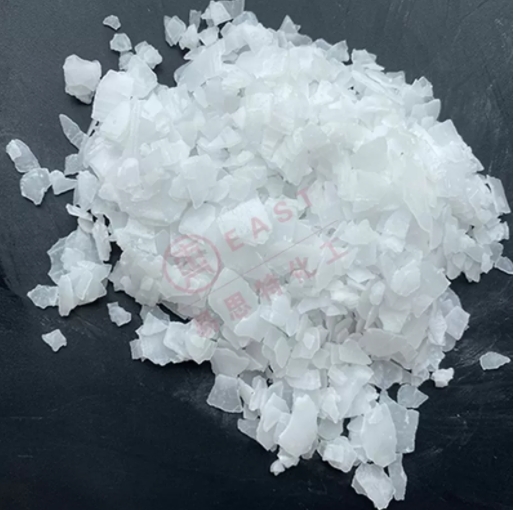
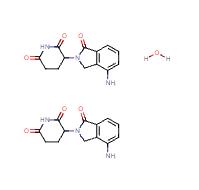


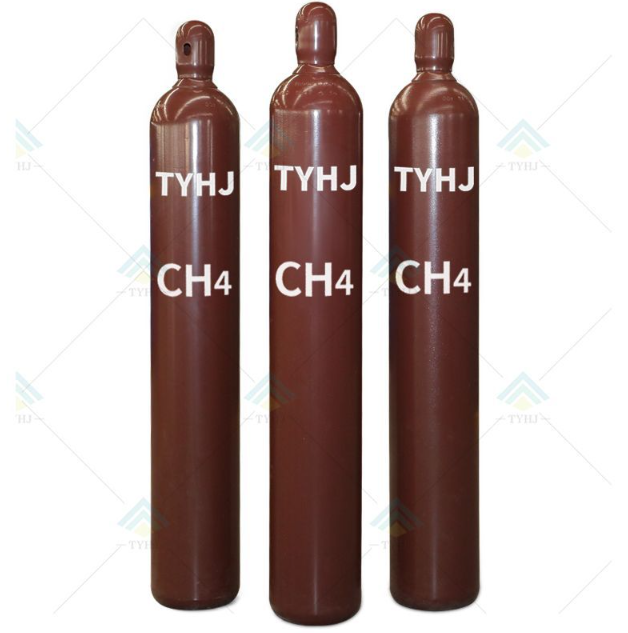

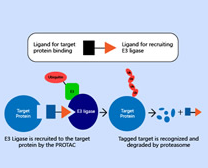

Comments
All Comments (0)